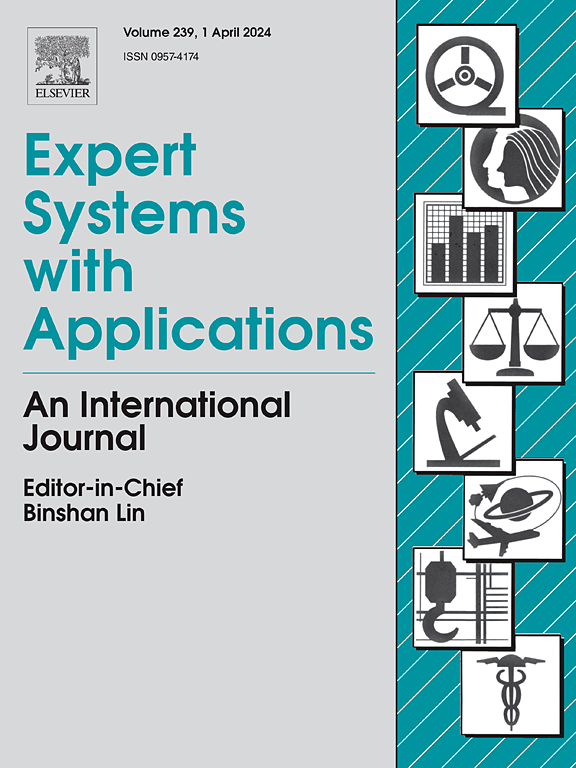I3D-AE-LSTM: Combining action representations using a 2-stream autoencoder for Action Quality Assessment
IF 7.5
1区 计算机科学
Q1 COMPUTER SCIENCE, ARTIFICIAL INTELLIGENCE
引用次数: 0
Abstract
Systems dedicated to the Action Quality Assessment (AQA) have seen a notable surge in interest from both scholars and industry experts. Such systems seek to provide an objective measure of the quality of athletes’ physical movements, offering perspectives that were once exclusive to skilled human evaluators. Our research builds upon the observation that previous studies have primarily considered spatio-temporal features and pose estimation keypoints as distinct elements within action analysis. We introduce an innovative two-stream methodology that merges these representations of an action. Our approach leverages the combined capabilities of various techniques: utilising Inflated 3D ConvNet (I3D) for the extraction of spatial–temporal characteristics from video content, employing OpenPose for detailed pose estimation keypoints that furnish an Autoencoder (AE) with intricate information to concentrate on key aspects of action, and employing Long Short Term Memory (LSTM) networks. The integration of the proposed two-stream methodology allows for a more comprehensive analysis of athletic movements. By capturing both spatial and temporal dynamics together, we can better understand the nuances of an action. Traditional methods often treat these aspects separately, leading to a fragmented understanding. In addition, incorporating detailed pose estimation through OpenPose allows the Autoencoder to focus on key aspects of the action. This targeted focus ensures that the evaluation is not only about how movements look in a general sense but also how they align with optimal performance criteria. By combining the representations, we enhance the model’s ability to recognise and evaluate complex movements more accurately. Furthermore, we propose a new multi-variate scoring system designed to assess action quality based on the scores from individual judges. Multi-variate scoring introduces a richer dataset for assessing action quality, enabling more sophisticated analyses and decision-making. Multi-variate scoring can better highlight discrepancies or consensus among judges, leading to more reliable assessments. The method has an average Spearman Rank Correlation of 97.35%, which outperforms current state-of-the-art methods and underscores the effectiveness of merging spatio-temporal and pose estimation keypoints into a unified action representation. Finally, training the model to predict the scores assigned by each judge reveals additional advantages. In sports involving multiple scoring criteria, the proposed approach enables the extraction of more detailed insights, marking a significant advancement that allows for more precise and detailed predictions of scores.

求助全文
约1分钟内获得全文
求助全文
来源期刊

Expert Systems with Applications
工程技术-工程:电子与电气
CiteScore
13.80
自引率
10.60%
发文量
2045
审稿时长
8.7 months
期刊介绍:
Expert Systems With Applications is an international journal dedicated to the exchange of information on expert and intelligent systems used globally in industry, government, and universities. The journal emphasizes original papers covering the design, development, testing, implementation, and management of these systems, offering practical guidelines. It spans various sectors such as finance, engineering, marketing, law, project management, information management, medicine, and more. The journal also welcomes papers on multi-agent systems, knowledge management, neural networks, knowledge discovery, data mining, and other related areas, excluding applications to military/defense systems.
 求助内容:
求助内容: 应助结果提醒方式:
应助结果提醒方式:


